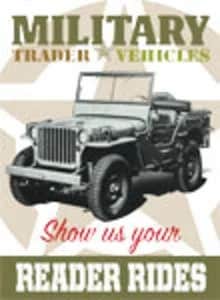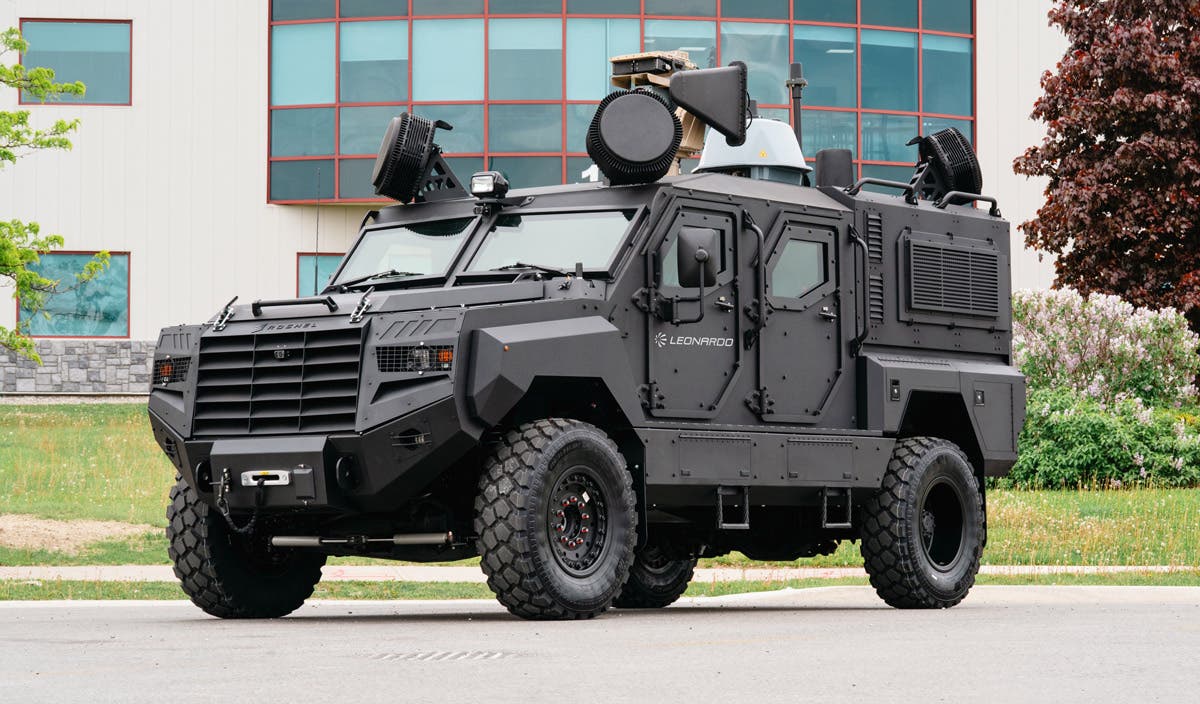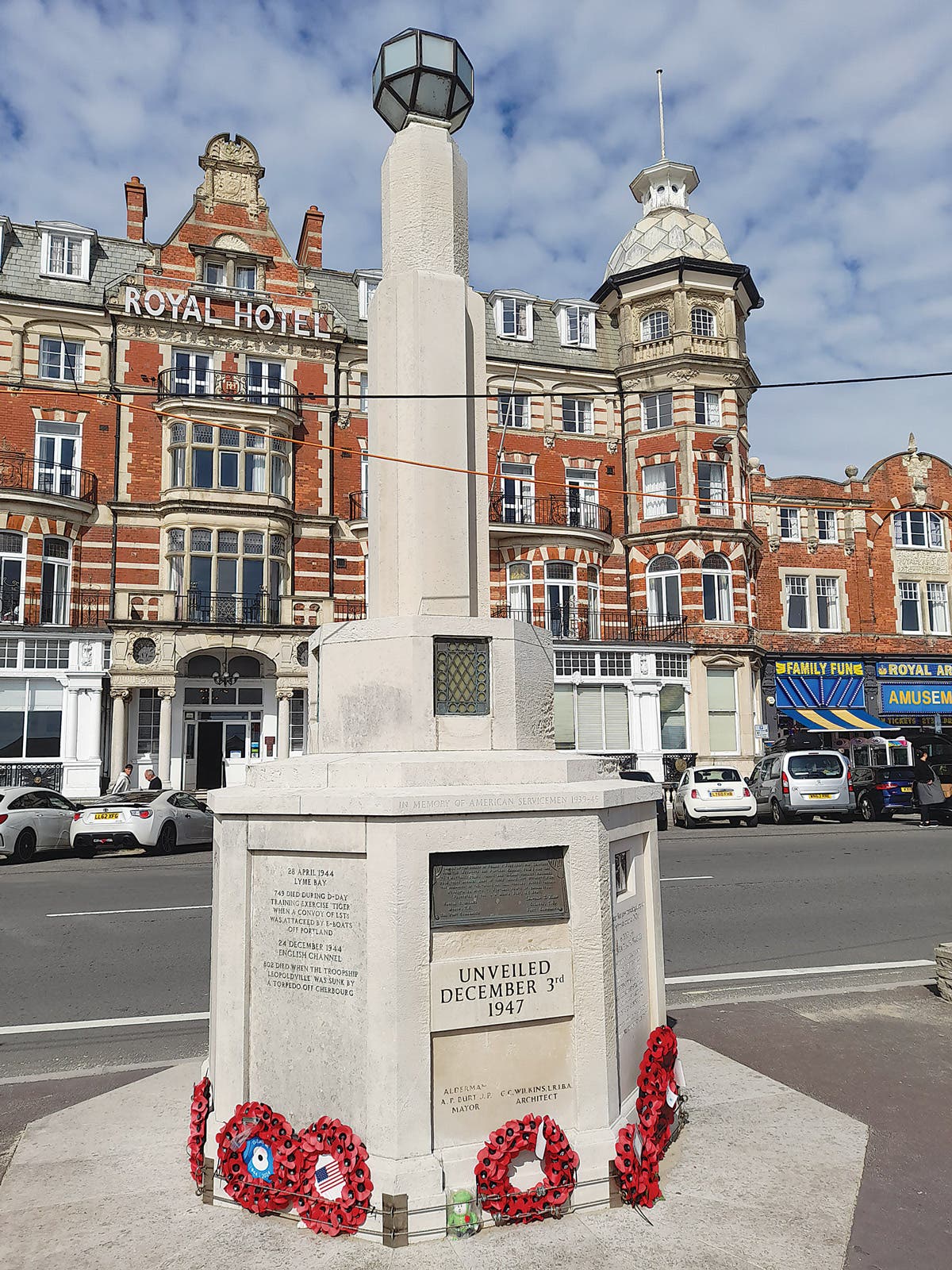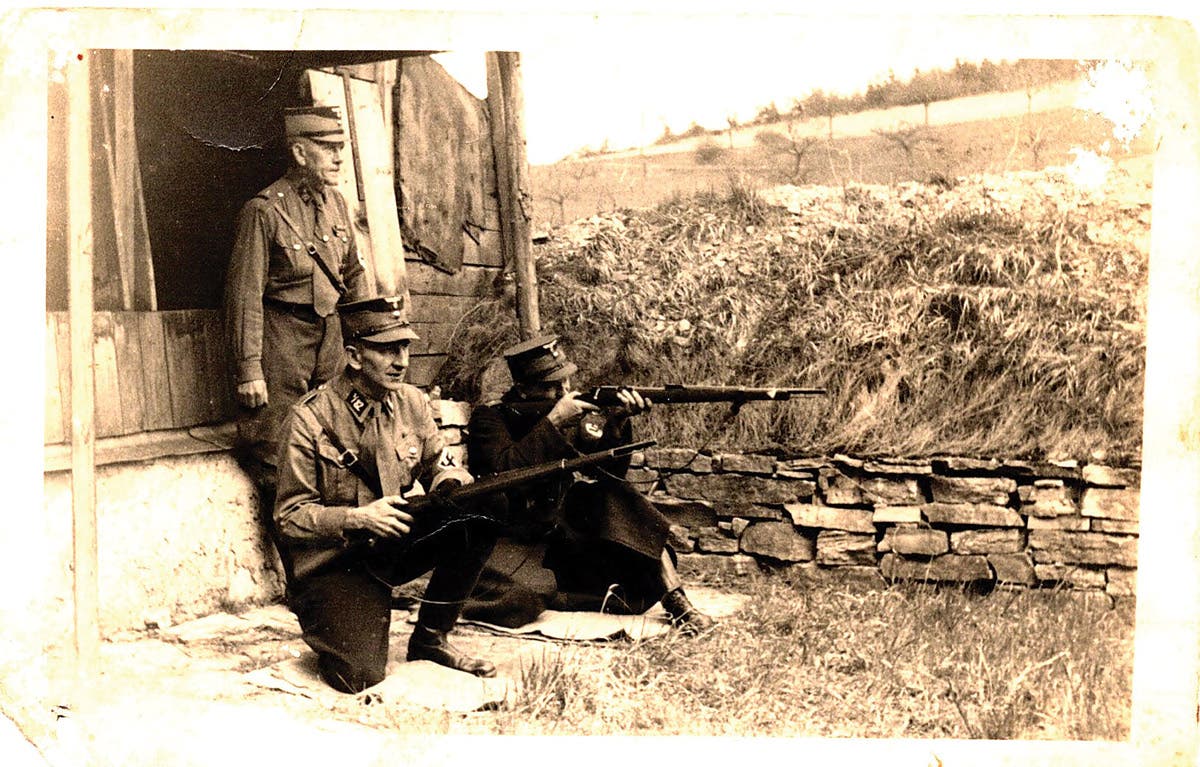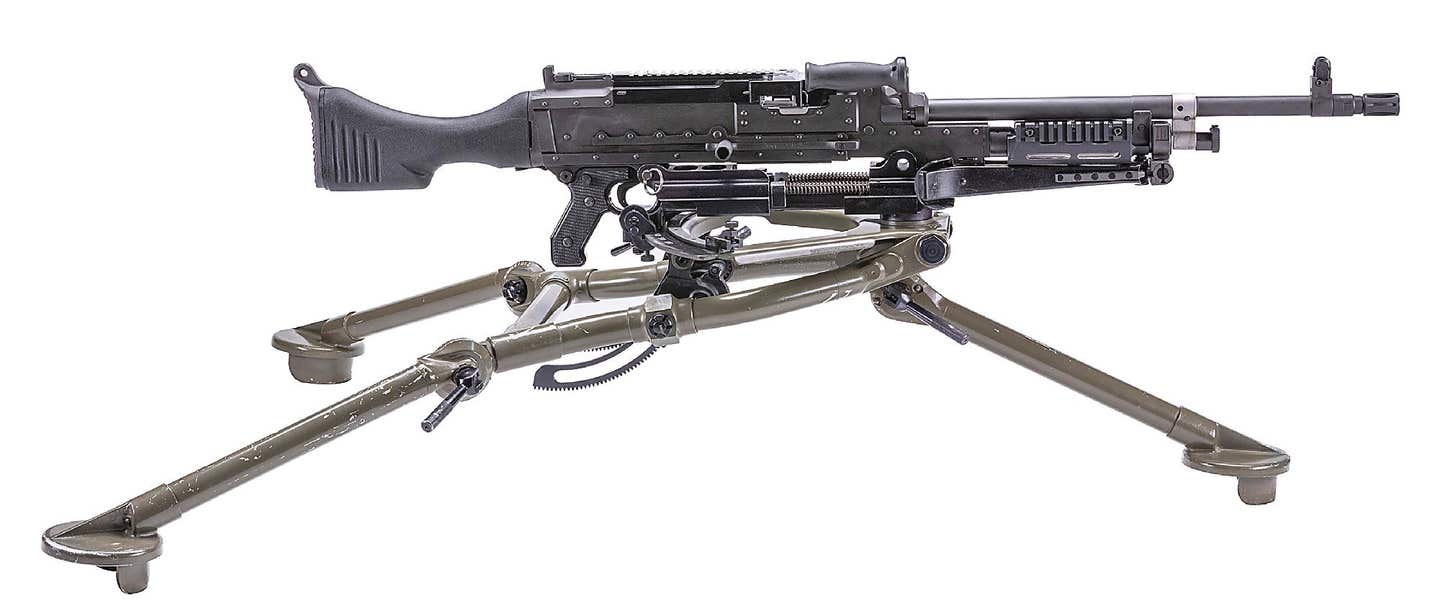Over-the-top restorations
As the Christmas season peaks, charitable giving takes many forms — and the historic military vehicle world is not exempt. Two different instances of “resto-charity” have recently touched my office….
As the Christmas season peaks, charitable giving takes many forms — and the historic military vehicle world is not exempt. Two different instances of “resto-charity” have recently touched my office.
SEASON OF GIVING
Many have read about the efforts to raise money for the health care costs related to top historic military vehicle restorer Gary Wirth, co-owner of MV Specialties. Many stepped forward this past autumn to donate time and money to assist Gary and his family with the overwhelming costs associated with his battle against leukemia. The efforts culminated with a raffle of a beautifully restored M100 trailer. The historic military vehicle community’s response was powerful and touching. I witnessed a lot of people come forward to offer time, money and support. I was touched by the spirit of community and real charity within our hobby.
Conversely, I was mortified when I received a call from a representative of Okoboji Classic Cars in Okoboji, Iowa, who said he had finished a $150,000 restoration of an M37. The work, he explained, was for a client who was “was donating it the Armed Forces Foundation” to be auctioned along with an L-19 Bird Dog aircraft at Barrett-Jackson Auction event in Scottsdale, Ariz.
I was indignant. $150,000 to restore a truck that usually sells, in No. 1 condition, in the vicinity of $25,000? What the heck was the point of that? If the person wanted to make a donation, why didn’t he or she scribble a check for $150,000 to the Armed Forces Foundation — it would be a lot more than the truck could possibly bring at auction!
This wasn’t about charity. No, my guess it has a whole lot to do with vanity — and having too much money to remember the effect it can have on others. Also, it is a huge tax write-off. Real charity hurts. Working the system while giving something away, is not charity.
Over-the-top restorations do no favors for anyone who is dedicated to the hobby. Even if the truck tips a bid of $40,000 (though we will never know — it is tied to the sale of the Bird Dog), that would be $110,000 less than was spent to restore it.
How this will play out in the hobby in the next year is this: We will see a whole lot of M37s listed for $40,000 — and no sales. The hobby will take a plunge while good, $25,000 trucks go unused, unseen and unappreciated—all because someone had much more money than sense.
I have seen this before with M3A1 Scout Cars and Ford GPAs. More than $400,000 was spent to restore a GPA a few years ago that sold within six months of completion for a little over $100,000. Who profited from that? Not the hobby, but rather, the shop that performed the restoration. They kept sending bills and taking the checks, never telling the client, “Whoa, cowboy, you are polishing up a vehicle way more than it is worth.”
Sure, the client had the money to spend, but did he consider what such ridiculous expenditure would do to the hobby? The net effect is this: Grossly over-restored vehicles (in terms of dollars) narrow the field of people able to pay-to-play. Fewer people buying and driving military vehicles results in less public awareness. Less public awareness results in legislative efforts to curtail private ownership. That seems like a hefty trade-off for being able to say, “I paid more than any other living person to restore a vehicle of which thousands were made.”
No disrespect to M37s, but come on, it is a pretty common truck. If a rich person really wanted to go overboard, he or she could have restored a vehicle of which there is only one or two known to exist. That would be a contribution to history, not just a testament to how much money they have to spend.
Like the GPA (and I will admit, a GPA is a scarce vehicle, but there are still plenty of restored examples out there), the same thing happened with M3A1 Scout Cars back in the late 1990s.
Someone spent way too much to restore one and then tried for months to sell it for $65,000. People saw the ads and decided, “If he can sell his for $65,000, mine is surely worth $45,000.”
Within a year, prices skyrocketed from around $18,500 for a turnkey Scout Car to about $35,000. Today, folks in the hobby can’t touch a turnkey, armed Scout for less than $40,000. And face it, the number of people interested in the WWII vehicles who have $40K to drop are far fewer than those with $20K.
Spending money way beyond the current value of any vehicle in No. 1 condition is the essence of artificially creating a “bubble” — just like we experienced in the housing market leading up to the huge economic debacle of 2008. It serves no goal other than proving how much money an individual has to throw away on a common commodity. It is vanity-driven, no matter how much someone will mask it by saying they are “doing it for the troops.” It is vanity on the part of the person financing the project and greed on the part of the person or company accepting the checks. The auction companies that promote these sort of over-the-top restorations are taking their share through commission. Nowhere in the press release issued by the Cessna (which donated the Bird Dog) is there any mention of the auction company waiving buyer or seller commissions “in the name of charity.” It’s short-term gratification that has long-term effects on the hobby.
Furthermore, one has to question the scruples of a restoration company that silently takes the money from a customer who pays way more than a vehicle can possibly be worth. At what point does the restorationists have an obligation to say, "We sure appreciate the business, but have to tell you, there is no good reason to spend $150,000 on a truck restoration when we can go out and buy the best truck out there for under $50,000"? Just because a customer doesn't know better, doesn't make it right to take their money--at least not in my book! If, as the caller bragged, they were doing it so the guy could donate the truck to charity, they would have been far more honest to suggest to the customer, "This truck will never sell for $150,000--if you want to donate that much to charity, you probably should just write the check out directly to the Armed Forces Foundation." But they didn't. They saw the chance to keep their shop busy for an extended period financed by a rich--albeit not too shrewd--customer.
I confess, when the guy called me to tell me about all the money and time that was spent on restoring an M37 so that it could be auctioned “for charity,” he called the wrong guy. I saw the classic sports car market artificially inflated the same way in the 1990s. I witnessed a lot of original-condition vehicles destroyed in over-the-top restorations. Twenty years later, those spectacular, “every bolt polished” vehicles languish while the untouched, original condition vehicles pound the top of the market.
My message to the folks with money who subsidize a “classic car restoration shop” in the name of “charity:” Do us all a favor and just write the check to your favorite foundation. You don’t need to screw up the hobby for the others who live and breathe the dream of restoring military vehicles to honor the memory of those served. Your over-the-top restorations are nothing but expensive monuments to yourselves. In this season of charity, don’t try to wrap your vanity in the olive drab cloak of a dignified, honest hobby.
--John Adams-Graf, Editor, Military Vehicles Magazine
John Adams-Graf ("JAG" to most) is the editor of Military Trader and Military Vehicles Magazine. He has been a military collector for his entire life. The son of a WWII veteran, his writings carry many lessons from the Greatest Generation. JAG has authored several books, including multiple editions of Warman's WWII Collectibles, Civil War Collectibles, and the Standard Catalog of Civil War Firearms. He is a passionate shooter, wood-splitter, kayaker, and WWI AEF Tank Corps collector.


